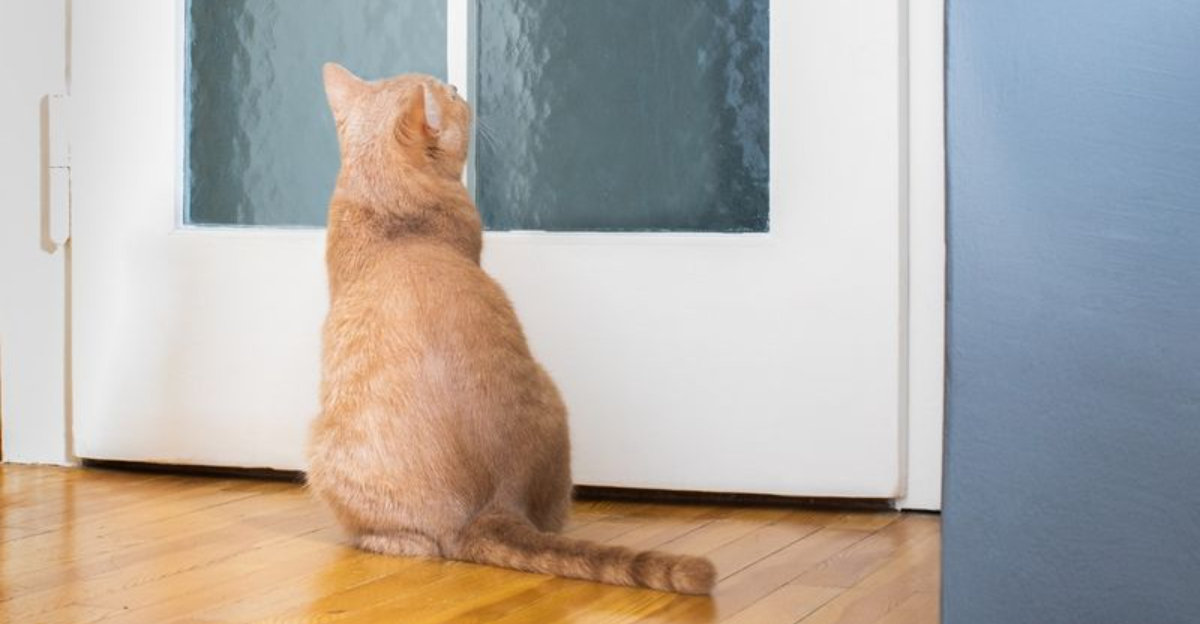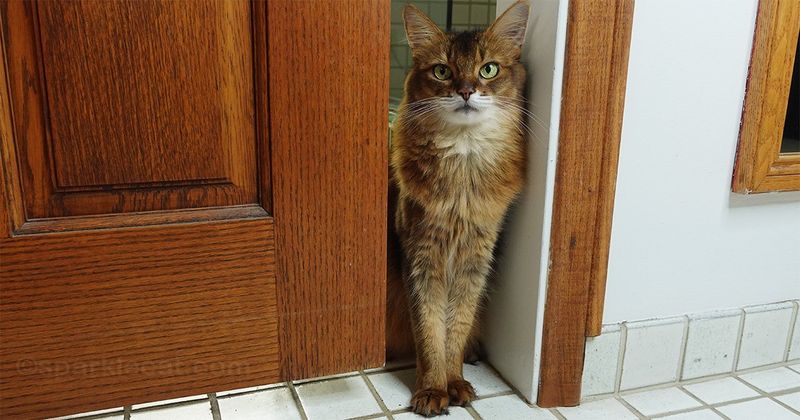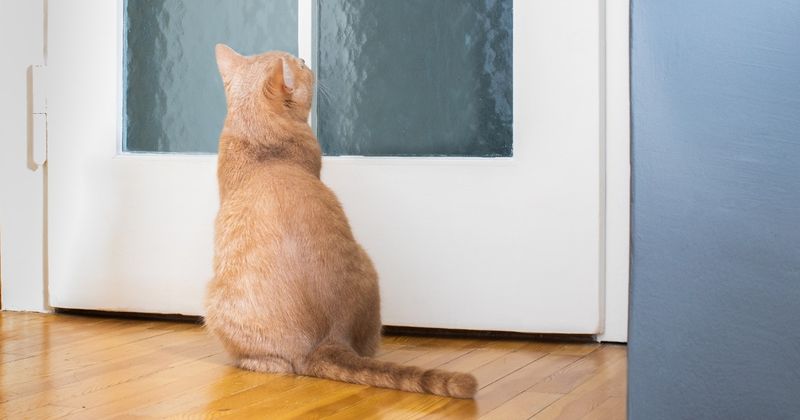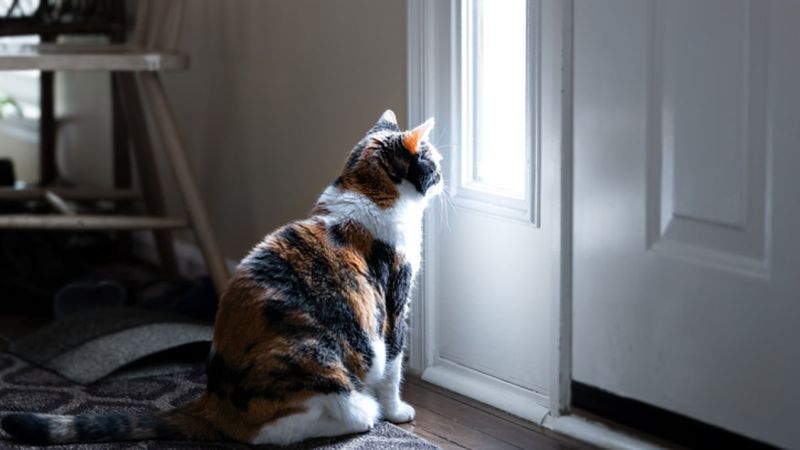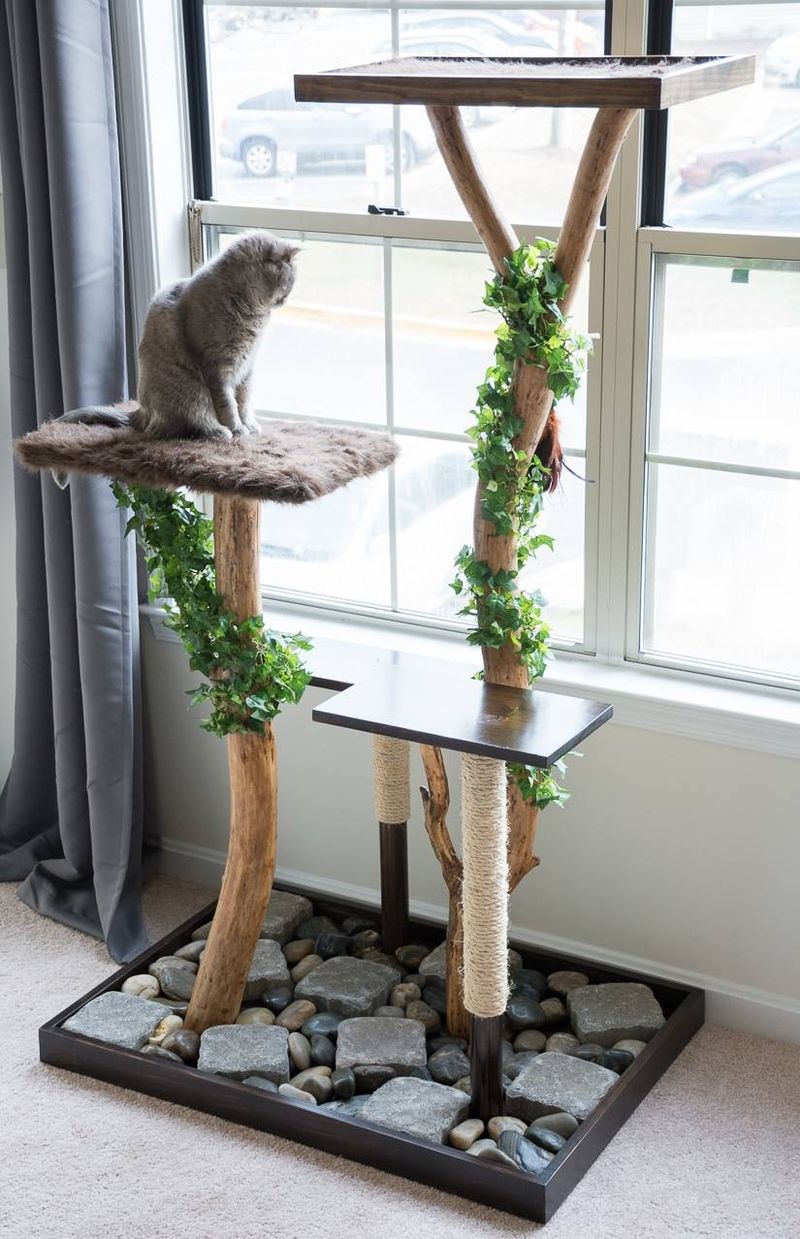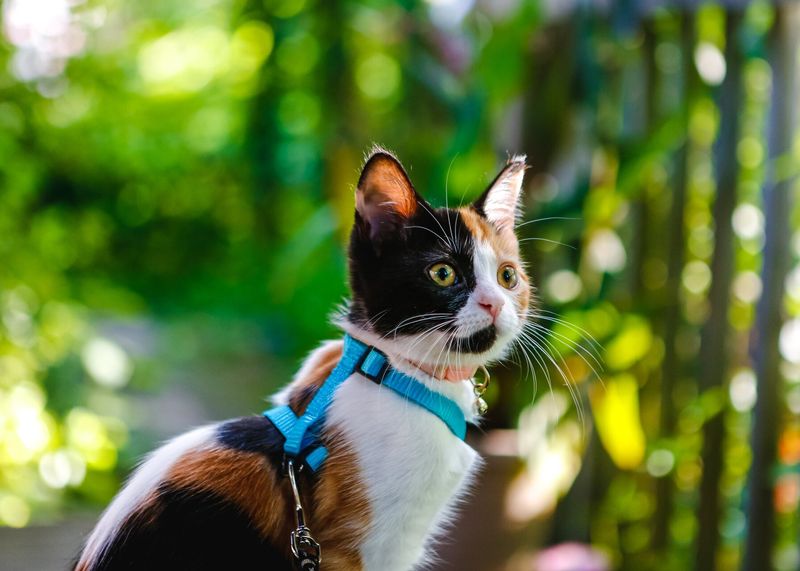📖 Table of Content:
Cats’ persistent behavior of wanting to be let in or out through doors is deeply rooted in their natural instincts and environmental needs. Understanding these behaviors can help in addressing them effectively.
Curiosity and Exploration
Curiosity is at the heart of every cat. A closed door represents an enigma, full of potential adventures waiting on the other side. Cats are natural explorers, eager to chart unknown territories and investigate new scents and sounds. This innate curiosity drives them to paw at doors and meow vociferously for access. Their inquisitive nature isn’t just about satisfying immediate curiosity; it’s an evolutionary trait that helped their ancestors survive. By exploring their surroundings, cats gather critical information, ensuring they remain top of the game in their environment. This makes them charmingly persistent yet sometimes perplexing companions.
Territoriality
In the feline world, territory is paramount. Each closed door signifies a barrier to what cats consider part of their personal realm. This behavior stems from their ancestors’ need to protect their hunting grounds. By patrolling these boundaries, cats assert their dominance and ensure no intruder encroaches on their space. The act of rubbing against doors or scratching them serves as a method to mark territory with their scent. This vigilant behavior is their way of maintaining control and ensuring safety. It’s not just about ownership; it’s about keeping peace within their domain, a fascinating aspect of their nature.
Separation Anxiety
For cats, a closed door can signal unwelcome separation from their beloved human. This anxiety stems from their social bond with their owners. While cats are often seen as independent, they form strong connections, and being shut away can be distressing. Vocalizing or scratching becomes their plea for reunion, a testament to their attachment. Understanding this behavior involves recognizing their need for companionship. Providing comfort through open doors or shared spaces can alleviate this anxiety. It’s a reminder that behind their aloof facade lies a deep desire for interaction, proving once again the complexity of feline emotions.
Environmental Enrichment
Creating a rich indoor environment can redirect a cat’s urge to venture beyond closed doors. Interactive toys, climbing structures, and window perches transform any room into a dynamic playground. This setup keeps their agile minds engaged and satisfies their hunting instincts without the risks of outdoor exploration. By providing varied stimuli, you cater to their curious and playful nature, making the indoors just as enticing as the world beyond. Such enrichment doesn’t just address their physical activity needs; it nurtures their mental well-being. It’s a proactive approach to managing their door-related frustrations.
Leash Training for Outdoor Exploration
Leash training opens a new frontier for cats longing to explore the great outdoors. This method offers a safe compromise, allowing them to venture beyond closed doors under supervision. Initially, it might seem unusual, but with patience, many cats adapt well to the harness. The experience satisfies their quest for adventure without exposing them to dangers. It’s about balance, letting them indulge their instincts while ensuring their safety. Over time, leash-trained cats often show increased confidence and curiosity. By offering guided exploration, you enrich their lives and create a stronger bond through shared experiences.
